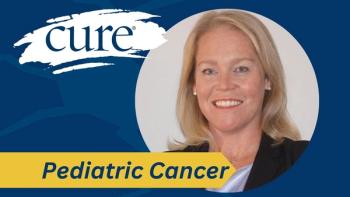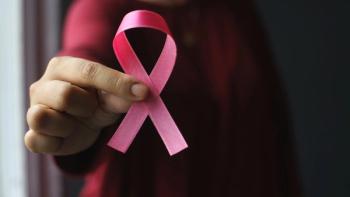
Food Safety Smarts for Patients With Cancer
How fresh is your food? Know what's behind those sell-by and best-by dates
People going through anti-cancer treatments may have a suppressed immune system, making them more vulnerable to everyday exposures. The majority of patients on treatment do not get sick from food contamination, but it remains important to stay vigilant.
The list that many patients get at the start of treatment of foods to avoid during chemo looks a bit like that during pregnancy. Avoid: unwashed raw fruits and vegetables; raw or under-cooked meat and seafood; raw milk and milk products; and salad bars.
Surprisingly, eating food that has been on the shelf or in the fridge past the date on the package won't put you at high risk for foodborne illness.
Defining Dates
The federal government doesn't require foods, other than infant formula, to carry a date label and even then, the concern is nutrients, not safety. The USDA offers these general definitions:
- “Sell by”: Manufacturers suggest retailers remove the product from shelves. The goal is to assure food quality for a time period after the consumer buys it. That can be days or weeks depending on the food. For example, assuming appropriate refrigeration, milk should last five to seven days after the sell-by date before turning sour.
- “Best by” and “use by”: These terms are meant to tell a consumer when to eat (or freeze) a product by for best quality. For example, a jar of tomato sauce may start to taste bland or crackers may start to go stale. These dates are usually determined by manufacturer product testing, according to a report from the Natural Resources Defense Council and Harvard University. In many cases, these dates are conservative and you may notice no quality difference especially if the date is in the recent past. These dates are better used as general suggestions rather than hard-and-fast deadlines.
Food Safety Smarts
Ensuring that patients and caregivers maintain basic food safety practices are the key to reducing risk of food-related contamination.
- Food shouldn't sit out. Keep cold food cold. Keep hot food hot. Defrost meat in the fridge and cook thoroughly. Refrigerate leftovers within two hours.
- Avoid cross-contamination. Don't let raw meat or its juices touch other foods. Wash your hands, cutting boards and utensils in warm, soapy water. I even use two cutting boards: one for produce and one for meat.
- Consider avoiding high-risk foods. Deli meat is a too common source of listeria. Avoid eating deli meats and hot dogs unless they reach 165 degrees (steaming!) first. They're certainly not healthy and should at the very least be limited.
- Consider a meat thermometer. Meat should reach safe temperatures prior to eating.
- Use your eyes and nose. Avoid food that is obviously spoiled.
- You can still eat out or get takeout foods. Just make sure that food from the outside is hot. Anything that requires vigilant washing, like cut fruit or salad should be made at home.
- Patients, caregivers, friends and family should all wash hands with warm soapy water.
Follow Amanda on Social Media
Amanda Bontempo, MS RD CSO CDN
Twitter
Instagram




